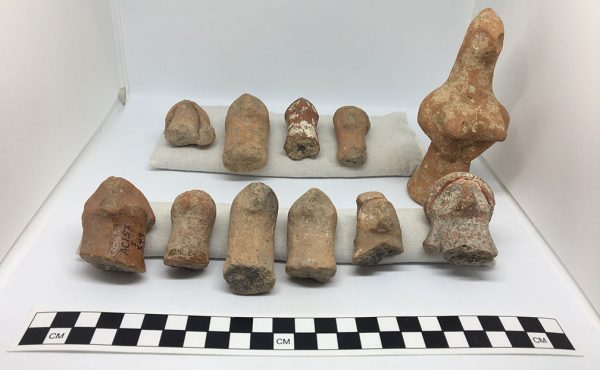Chaz Barracks Fuses Art, Scholarship and Community in Summer Residency
With a GoPro strapped to his helmet and a microphone clipped to his bike, Chaz Antoine Barracks spent the summer pedaling through Homer, N.Y., transforming everyday encounters into both scholarship and art. The filmmaker, media scholar and postdoctoral fellow in…



